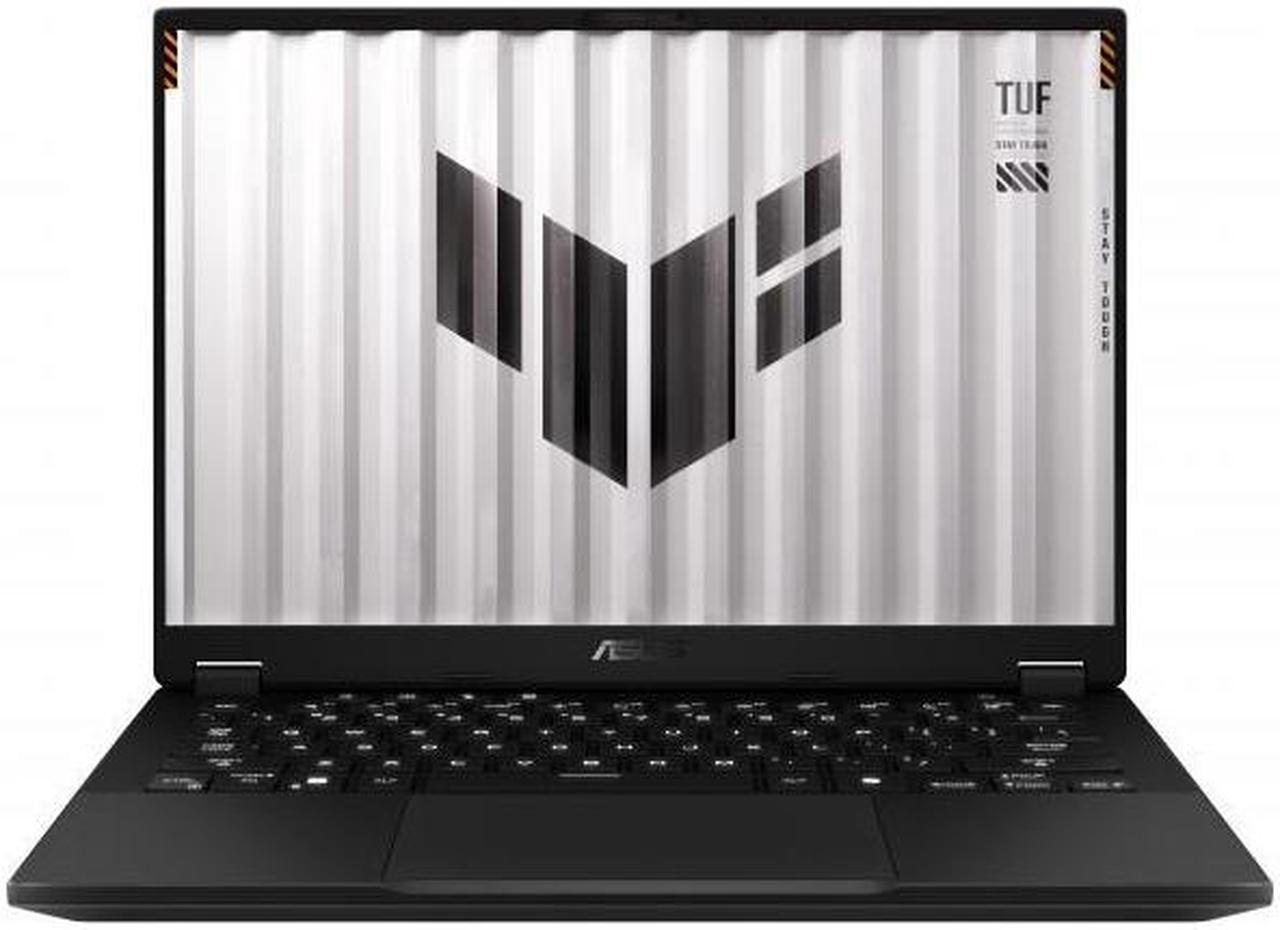AMD has shared new gaming benchmarks of its Ryzen AI 300 APUs, claiming a solid 75% uplift versus Lunar Lake using Radeon technologies such as FSR 3.
AMD Ryzen AI 300 vs Intel Lunar Lake Gaming Showdown Reveals Similar Performance At Native Resolution But FSR 3 Provides A Huge Boost
Both AMD & Intel have unleashed their latest SoCs for mobile gaming platforms such as laptops & handhelds. These include the Ryzen AI 300 "Strix Point" from the red team and the Core Ultra 200V "Lunar Lake" from the blue team. While the recent talks have mostly focused on the AI (NPU) & CPU side of things, AMD is now providing us with its first gaming benchmarks where it compares the Ryzen AI 9 HX 370 against the Core Ultra 7 258V.
The first set of benchmarks compares both chips in a series of AAA games and here, AMD claims an average performance uplift of 75%. In some cases, the performance advantage of the AMD Ryzen AI 300 rises to 2x, which is an awesome increase, but do note that these benchmarks are done with FSR 3 enabled on the Strix Point APUs while the Lunar Lake CPU is running XeSS technologies. The former features frame-generation support which isn't available with Intel's XeSS, hence the gaming improvement is pretty evident here.

Following is the average performance uplift for the Ryzen AI 9 HX 370 against the Core Ultra 7 258V in the titles tested (FSR 3/XeSS Enabled):
- Ghost of Tsushima: +124.1%
- Baldur's Gate 3: +109.3%
- Call of Duty: Black Ops 6: +106.2%
- Forza Horizon 5: +98.5%
- Borderlands 3: +80.0%
- Hogwarts Legacy: +79.6%
- Assassin's Creed Mirage: +79.6%
- Cyberpunk 2077: +76%
- Doom Eternal: +75.7%
- Far Cry 6: +67.0%
- Tiny Tina's Wonderland: +65.7%
- Shadow of The Tomb Raider: +61.0%
- Dying Light 2: +60.7%
- F1 24: +55.6%
- Spiderman Remastered: +44.4%
- Hitman 3: +43.1%
In the next set of benchmarks, AMD compares the performance at both native resolutions without any FSR/XeSS technologies and also shows the gains provided when these technologies are fully enabled.
At native resolution, both the Intel Lunar Lake "Xe2" and AMD Strix "RDNA 3.5" iGPUs are neck to neck, with Xe2 leading in some games and RDNA 3.5 leading in others. It shows that with frame-gen, the Intel Xe2 iGPU is still a great option for gaming, just as much as the RDNA 3.5 iGPU, but with the advantage that FSR 3 and HYPR-RX offer, the Ryzen AI 300 chips offer a solid improvement which is key to winning the mobile gaming segment, especially on portable platforms such as handhelds.

AMD also shows how AFMF 2 can be leveraged to provide a similar and solid gain in performance. The best part about AMD's FSR and its open nature is that Intel Xe2 iGPUs on Lunar Lake chips can also take advantage of these technologies, though frame-gen is still supported on Ryzen AI chips such as Strix Point.

AMD also highlights that FSR 3 frame-generation support is available on 95+ games while FSR is now available in over 415 titles and 1000s games can be tuned to support AFMF 2 with a single click. Meanwhile, XeSS from Intel is supported in around 130 games while no frame-generation support is available for the said technology.

Intel iGPUs can leverage AMD's FSR 3 frame-gen for further performance, but AMD is providing that option with its strong Ryzen AI 300 mobility line, making them a potent solution for gamers on the go. We appreciate AMD's sharing of the gaming benchmarks and, with new driver updates, we can expect even better performance in the latest AAA titles.





